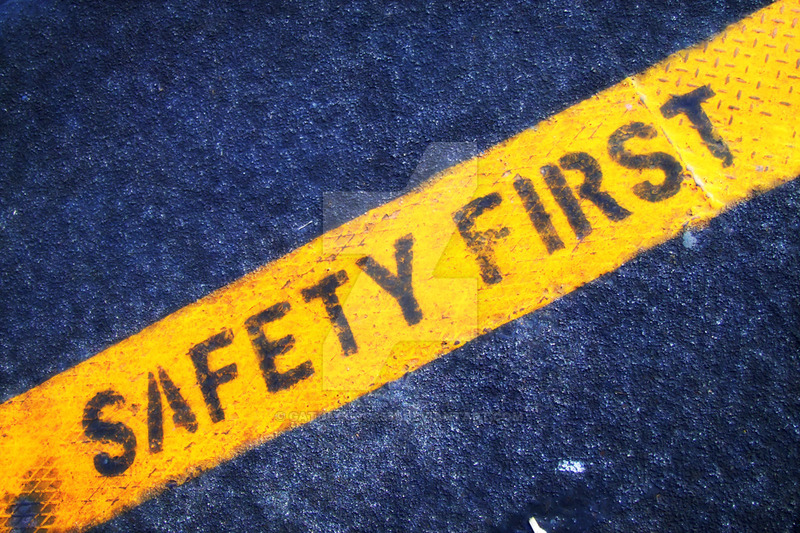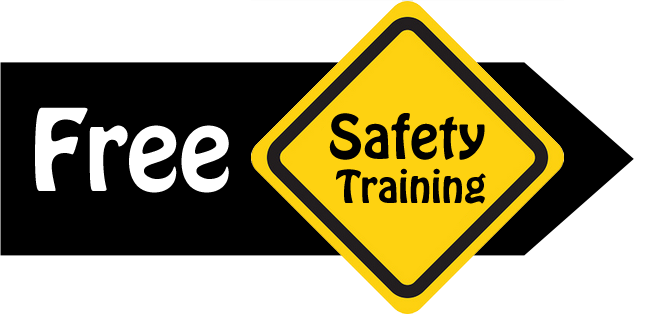
Using The Right Tool For The Job
In the United States, about 1.2 million people work as carpenters. According to the Bureau of Labor Statistics (BLS), carpenters are part of the Natural Resources, Construction, and Maintenance (NRCM) occupations group. Those in this line of work have precision and attention to detail that ensures the job they do is always done right. Unfortunately, however, as with many blue-collar jobs, there are many health and safety issues that carpenters face.
Employees, including carpenters, in the NRCM group, have the highest rates of absences when it comes to work-related injuries and illnesses. According to the BLS, carpenters and other types of workers in the NRCM group spend 10 days away from work due to job-related injuries and illness, compared to 9 for all other workers.
Here are five of the most common health and safety issues for carpenters.
1. Using Sharp Tools and Loud Machinery
Carpenters work with wood, and in order to make things from this material, certain tools are absolutely necessary. Some of the most dangerous tools carpenters work with include different types of power saws, including circular and reciprocating saws. They also work with nail guns, power drills, routers, jointers, sanders, utility knives, and hammers. In order to prevent injury, it’s of utmost importance that carpenters know how to properly use each tool for the job and make sure each tool is in proper working order. It’s also important to wear certain safety equipment when working with dangerous tools.
Many of the power tools that carpenters use make a lot of noise, which can impair the hearing. In fact, power saws and power tools operate at a noise level of 110 decibels. It’s recommended that for anything above 85 decibels, earplugs should be worn.
2. High Risk of Certain Types of Injuries
Besides hearing impairment and hand and finger injuries that occur when using power tools, other common injuries that are common for carpenters include:
- Back injuries due to heavy lifting and not using the correct lifting technique
- Knee injuries due to kneeling for long periods of time and working at the ground level
- Eye injuries due to flying particles and excessive amounts of dust
In most instances, carpenters who sustain these types of injuries while on the job are eligible for workers comp. For this reason, they should always go to the doctor right away after becoming injured. Doing so helps to increase the chances of getting compensated for medical costs, loss of wages and other expenses workers comp insurance usually covers.
3. Exposure to Toxic Elements
Carpenters are exposed to a number of toxic elements, including asbestos, mold, lead, and gas fumes. Many of these elements have been known to cause a variety of health issues. For instance, mold can cause eye and throat irritation, headaches, coughing, and nasal stuffiness. This is especially true of those who are sensitive to mold or are allergic to it. Breathing in certain toxic elements also cause a variety of respiratory problems. Making contact with toxic elements often causes dermatitis and other skin issues.
Two toxic elements that are especially hazardous include wood dust and asbestos. Both wood dust and asbestos are carcinogens, which means they are known to cause cancer in humans. Another health concern with wood dust is that it’s flammable, which can lead to fires and explosions.
4. Working in Extreme Temperatures
Carpenters work indoors and outdoors, and when working outdoors, they must endure extreme temperatures. When working in hot weather, carpenters should drink a lot of water, dress accordingly, and take frequent breaks in the shade or in air conditioning. Carpenters who aren’t careful when working in the heat have an increased risk of experiencing heat stroke or heat exhaustion.
In order to prevent a medical emergency, carpenters should look out for their co-workers and know the signs of heat exhaustion, which include:
- Confusion or altered mental status
- Slurred speech
- Skin that isn’t sweating
- Seizures and loss of consciousness
In the event of heat exhaustion, it’s important to get medical care right away.
On the other end of the spectrum, carpenters sometimes work in cold temperatures. In order to prevent cold stress, carpenters should dress appropriately, take frequent breaks in a heated spot, and drink warm beverages. It’s important to also pay attention to the wind chill, which can make cold temperatures extremely hazardous.
No matter what season it is, carpenters who work outdoors should pay attention to the weather. Having access to a weather app can help immensely.
Carpenters who work at heights are susceptible to sustaining a fall injury. Fall injuries aren’t always caused when falling from high off the ground, however. About 60% of elevated falls are from a height of 10 feet or less. These kinds of injuries include broken bones, bruises, head trauma, and even death. In most cases, when working at heights, falls are preventable.
Some safety precautions carpenters should make when working at heights include:
- Use the necessary safety equipment
- Use the correct tools for the job
- Use safety precautions when climbing up and down ladders
- Wear slip-resistant shoes
- Avoid working in inclement weather
Before completing a job that is up off the ground, carpenters should always discuss it with their co-workers and come up with a plan that involves using the right safety equipment and the correct kinds of tools for the job.
Carpenters who want to protect themselves should take these health and safety issues seriously. If an injury does occur, it’s important to seek medical help right away. You must attend quick working at heights training by a good training provider. Always using safety equipment can prevent the risk of getting certain illnesses caused by toxic elements and other pollutants. There are also apps that carpenters can use to help them know how to work safely. Some of these apps help workers know what to do if first aid is necessary. Other apps help carpenters take a variety of safety precautions, such as positioning ladders correctly, practicing correct ergonomics, and saving them from dangerous noise levels.
